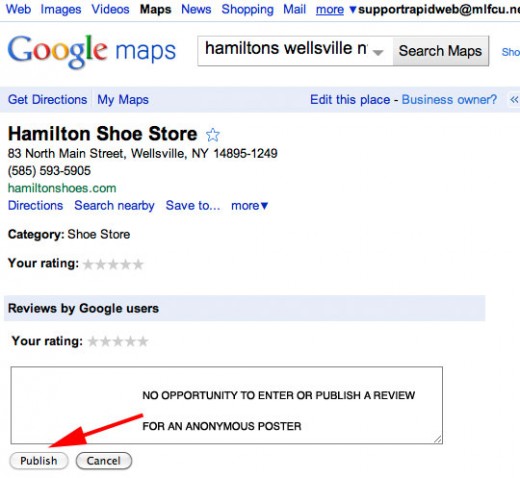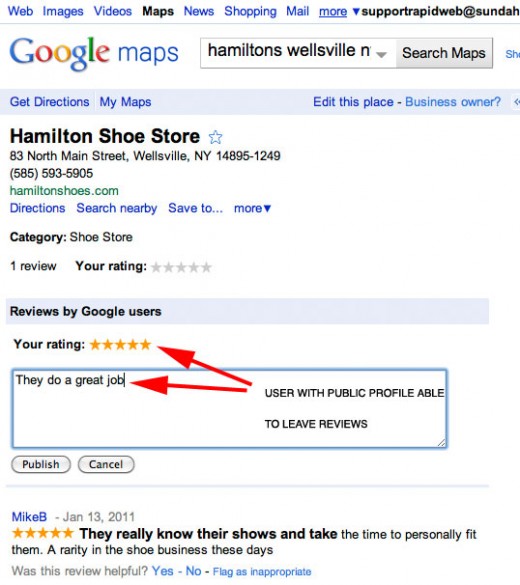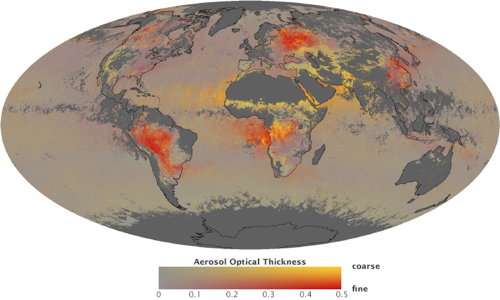Maybe, just maybe it is darkest before the dawn and this “bug” is really a fix in progress. I did notice that the links to anonymous “Google User” reviews has gone missing once again.
And although I have said this before, I will say it again: It is well on time for Google to get their proverbial “review shit” together. Google has played a critical role in making reviews a central part of the local ecosystem and yet for way too long they have put forth a buggy forward facing review product that leads to unpredictable outcomes and frustration for both the user and the businesses that receive them.
Google should be “doubling down” on their review commitment. It is a huge flash point for business owners and it seems hard to understand having such a buggy product in place just as the concept of business reviews is spreading broadly amongst every day users.
Here is a screenshot for a user with a public profile that is leaving a review for comparison:


